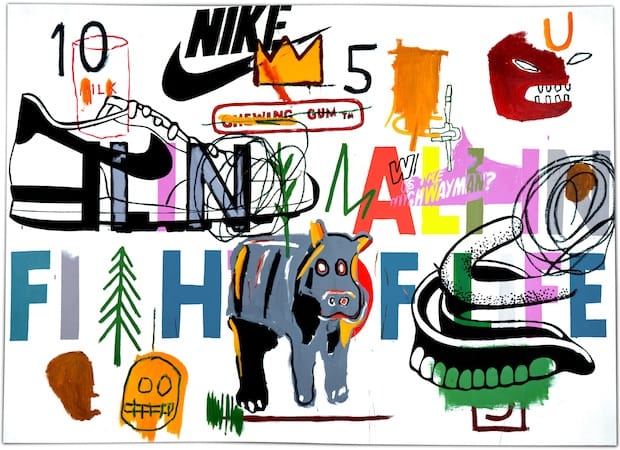This summer the work of Jean-Michel Basquiat is taking its summer hols in Spain with an unprecedented thematic retrospective of his work at Guggenheim Bilbao.
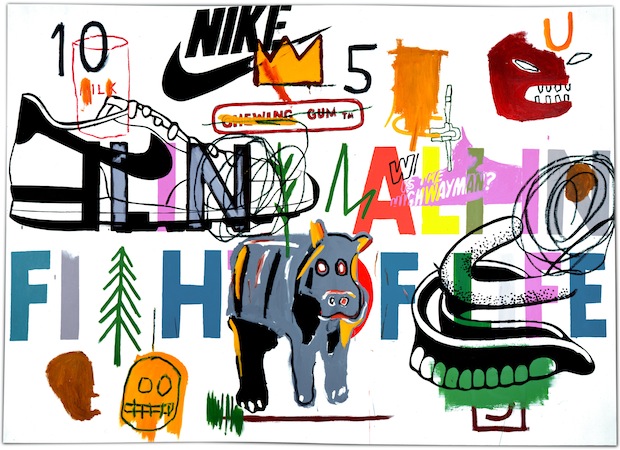
Basquiat was a true hip-hop artist who primarily created images instead of music. From 1 July to 3 November, Guggenheim Bilbao’s Jean-Michel Basquiat: Now’s the Time will bring together approximately a hundred of his key works to explore the artist’s extraordinary creativity and pioneering visual vocabulary.
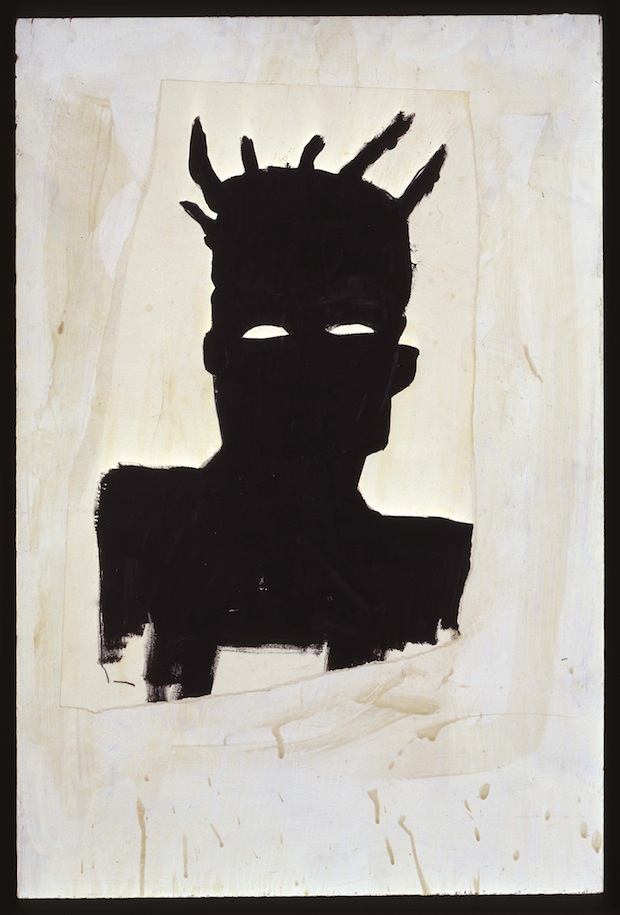
Basquiat was a half-Haitian, half-Puerto Rican New Yorker who dated Madonna and collaborated with Warhol in 1980s Manhattan. He wore Armani suits to paint and tragically joined the 27 Club when a heroin overdose in his studio abruptly ended his life. In a way, Basquiat represents the impossible melting pot that was Manhattan’s Lower East Side in the 1980s: all of its wealth and poverty, reckless creativity and vibrant diversity of life compressed into one man.
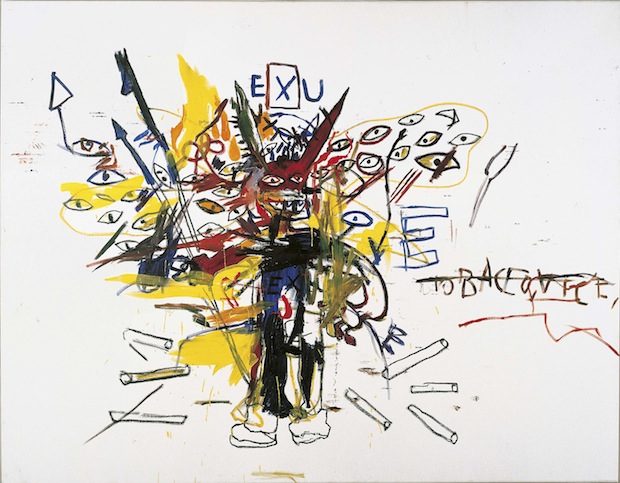
Like their creator, Basquiat’s works contain multitudes. Although he practiced many media, the subject was always his environment: his work is influenced by his experiences on the street, the segregation and inclusion he felt, the books and company he kept, and jazz and rap music he listened to. His neo-expressionist canvases, scrawled over with words and images, display the bold, emotive aesthetic of a graffiti poet.
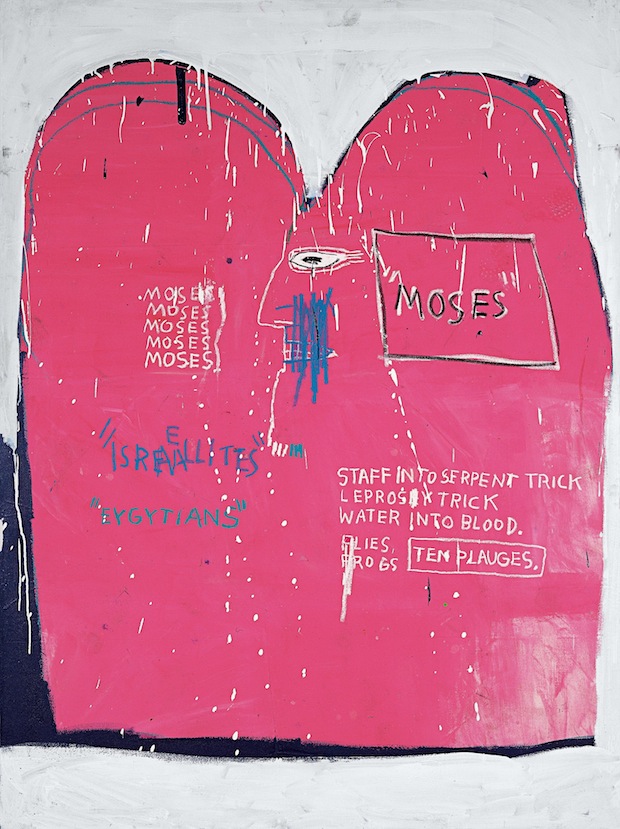
The show at Guggenheim Bilbao is the first of its kinds in Europe to curate Basquiat’s life-work around its central themes. Due respect is paid to a central character of New York’s influential Street Art movement, the legacy of which we still see in our visual culture today.

